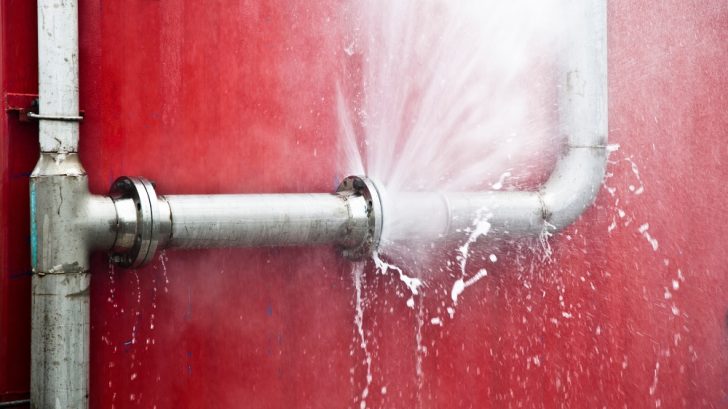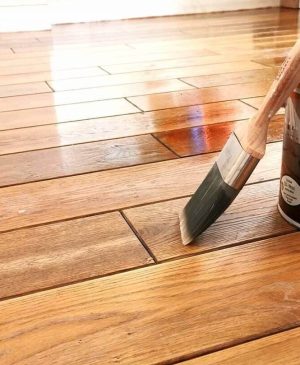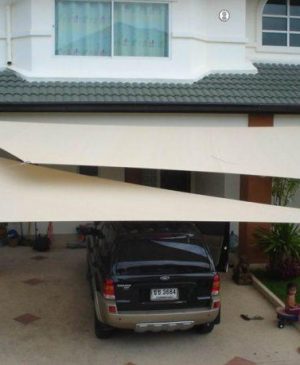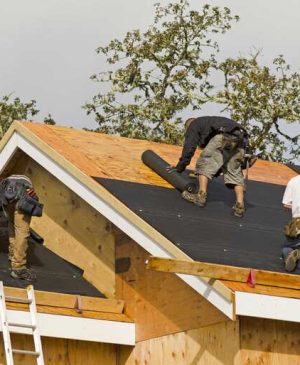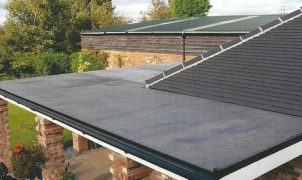When we think of plumbing, we typically imagine the flow of water through pipes—easy to understand, yet often underappreciated until things go wrong. Among the many factors that influence a plumbing system’s efficiency, two crucial elements stand out: water pressure and the condition of the pipes themselves. Both contribute to the overall effectiveness of your plumbing system, but the relationship between them is often more complex than we might expect. Understanding how water pressure and pipes interact can help homeowners make informed decisions, whether they’re tackling plumbing issues, planning home upgrades, or simply trying to optimize their water system.
In this article, we’ll explore the roles of water pressure and pipes in plumbing systems, examine how they affect one another, and provide insight into which of the two is most important in different situations. By the end, you’ll be better equipped to assess and maintain your plumbing system, ensuring that water flows smoothly, efficiently, and without unnecessary complications.
The Role of Water Pressure in Plumbing Systems
Water pressure refers to the force that drives water through your pipes. It’s a fundamental element of any plumbing system, affecting everything from the strength of your shower to how effectively your dishwasher cleans dishes. Water pressure is typically measured in pounds per square inch (psi), and for most homes, a healthy water pressure falls between 40 and 80 psi. If the pressure is too low, you may experience weak water flow from taps, slow draining in sinks, or a lackluster shower experience. Conversely, high water pressure, above 80 psi, can be detrimental to your plumbing system, potentially causing leaks, pipe bursts, and fixture damage.
There are several factors that influence water pressure, including the height of your home (higher homes have lower pressure), the distance from the water main, and the condition of your water supply system. Municipal water systems generally maintain a set pressure range for residential areas, but pressure can fluctuate due to factors like neighborhood demand or maintenance work.
The Role of Pipes in Plumbing Systems
While water pressure is crucial to ensure water flows smoothly throughout your home, the pipes that carry the water are equally important. Pipes are the conduits that transport water from the main water supply to fixtures, appliances, and other points of use within your home. The type, age, and condition of these pipes significantly impact the efficiency and reliability of your plumbing system.
Traditionally, plumbing systems used pipes made from materials like copper, cast iron, or galvanized steel. Today, modern homes often use PEX (cross-linked polyethylene) or PVC (polyvinyl chloride) pipes, both of which offer benefits such as durability, corrosion resistance, and ease of installation. However, older pipes—especially those made from galvanized steel—can corrode over time, restricting water flow and leading to leaks or even pipe bursts.
The size and design of pipes also play a significant role in the performance of the plumbing system. A pipe that’s too narrow for the volume of water flowing through it can lead to reduced pressure, while pipes that are too wide can cause water to stagnate, leading to inefficiency. Additionally, pipes that are clogged with debris, mineral buildup, or even tree roots can impede water flow, resulting in low water pressure and other issues.
Water Pressure and Pipe Condition: How They Interact
The relationship between water pressure and pipe condition is dynamic and, in many ways, interdependent. The condition of your pipes can directly impact the effectiveness of your water pressure, while the water pressure itself can affect the longevity and integrity of your pipes.
1. Low Water Pressure and Pipe Issues
When water pressure is low, it’s often a sign that something is restricting the flow of water. While there are several potential causes for low water pressure, one of the most common culprits is the condition of the pipes. Over time, pipes can accumulate mineral deposits from hard water, creating blockages that restrict the flow of water and lead to low pressure.
Additionally, older pipes, especially those made from galvanized steel or cast iron, are more susceptible to corrosion, which can also reduce water pressure. If you notice a gradual decrease in pressure throughout your home, it’s worth inspecting the condition of the pipes, as buildup or corrosion might be the root cause.
2. High Water Pressure and Pipe Damage
On the other hand, excessively high water pressure can strain your pipes, joints, and fixtures. While your pipes are designed to withstand certain pressure levels, prolonged exposure to high pressure can weaken the material, leading to leaks, bursts, and accelerated wear. For example, water pressure that consistently exceeds 80 psi can cause faucets, toilets, and showerheads to leak or fail prematurely.
High water pressure can also lead to the phenomenon known as “water hammer,” which occurs when the flow of water is suddenly stopped. The resulting shockwave can cause pipes to rattle, potentially damaging joints and causing leaks over time. In extreme cases, high pressure can even cause pipes to burst, creating significant water damage to your home.
To prevent these issues, homeowners can install a pressure regulator on their main water line, which ensures that water pressure remains within a safe range for the plumbing system. This simple device can protect your pipes and fixtures from the damaging effects of high water pressure, extending the lifespan of your plumbing system.
Which is More Important: Water Pressure or Pipe Condition?
So, what’s more important in plumbing—water pressure or the condition of the pipes? The answer is not as straightforward as it may seem. Both elements are crucial for a well-functioning plumbing system, and each plays a specific role in ensuring that water flows smoothly and efficiently.
-
Water Pressure: While water pressure is essential for ensuring that water reaches all parts of your home with sufficient force, it must be balanced. Too little water pressure leads to weak flow and poor performance, while too much pressure can cause long-term damage. Ensuring that the water pressure remains within an optimal range (40-80 psi) is essential for maintaining the health of your plumbing system.
-
Pipe Condition: The condition of your pipes is equally critical because damaged, corroded, or clogged pipes can hinder water flow, leading to low pressure or even pipe bursts. Regular maintenance, including inspecting pipes for signs of damage or corrosion, is key to maintaining a reliable plumbing system.
Optimizing Both Water Pressure and Pipe Condition
To achieve the best performance from your plumbing system, it’s essential to balance both water pressure and pipe condition. Here are a few practical steps you can take:
-
Regular Pipe Inspections: Have your pipes inspected regularly to check for corrosion, leaks, or mineral buildup. Early detection can prevent minor issues from turning into major problems that affect water flow and pressure.
-
Install a Pressure Regulator: If your home’s water pressure is too high, installing a pressure regulator can help protect your pipes and fixtures. Conversely, if your pressure is too low, a plumber can help identify the cause, whether it’s a water supply issue or a problem with your home’s plumbing.
-
Flush Your Pipes: If you live in an area with hard water, regular flushing of your pipes can help remove mineral buildup that might impede water flow. This can help maintain optimal water pressure and extend the life of your plumbing system.
-
Upgrade Old Pipes: If your home has old, corroded pipes, it may be worth considering an upgrade. Newer materials like PEX or PVC are less prone to corrosion and can improve both water pressure and overall system efficiency.
-
Clear Clogs Immediately: If you notice that water is draining slowly or your pressure drops suddenly, check for clogs in your pipes. Minor blockages can be addressed with a plunger or drain cleaner, but more severe blockages may require professional attention.
Conclusion
Both water pressure and pipe condition are integral components of a well-functioning plumbing system. While water pressure drives the flow of water, the condition of the pipes ensures that the pressure is sustained and efficient. An imbalance in either element can lead to plumbing problems that range from minor inconveniences to major disasters.
Ultimately, the key to maintaining optimal plumbing performance is to regularly monitor both the pressure and condition of your pipes. By striking the right balance, you can ensure that your plumbing system operates smoothly, providing reliable water flow while preventing costly repairs and damage. Whether you’re upgrading old pipes, adjusting your water pressure, or addressing existing issues, taking a proactive approach to plumbing maintenance will pay off in the long run.

